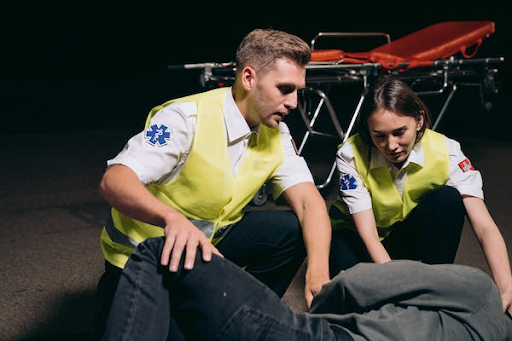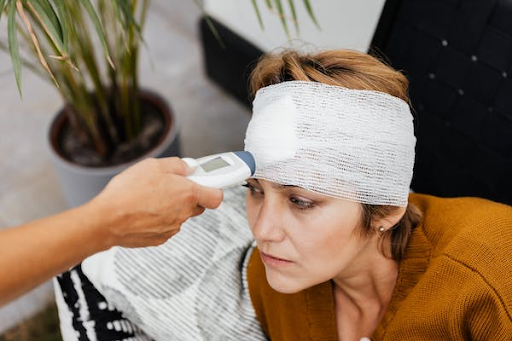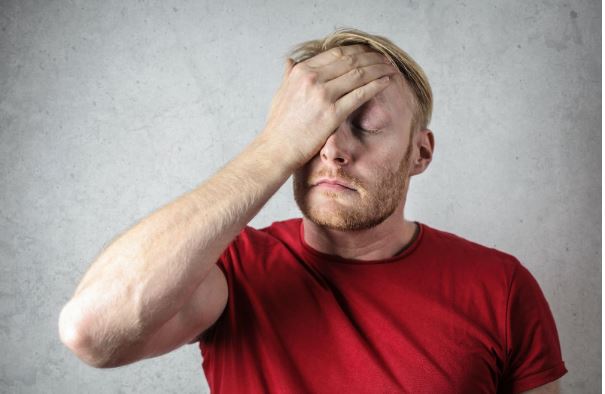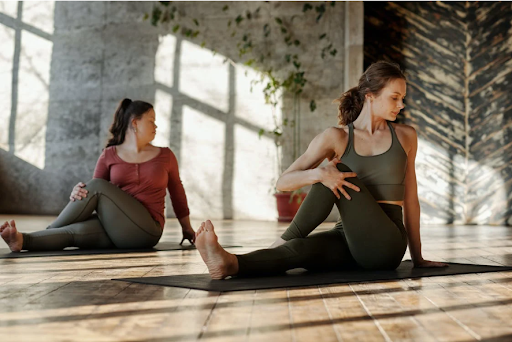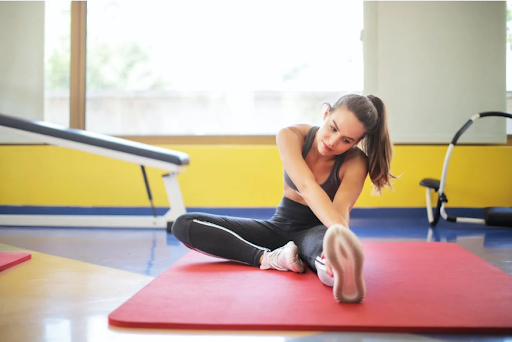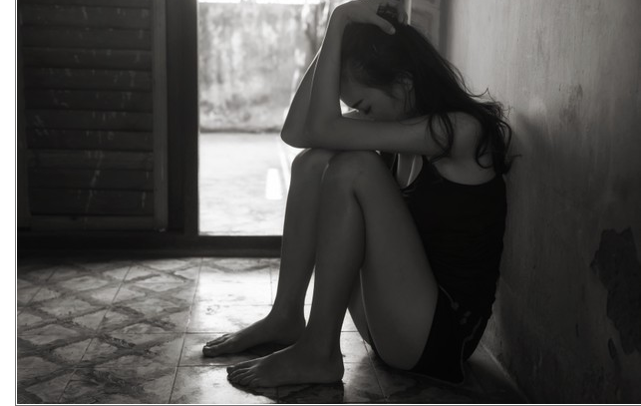Dealing With Childhood Trauma
Dealing with childhood trauma is one of the biggest challenges that people face. There are many methods that can help in this process, but the main ones are Letting Go, Prolonged Exposure Therapy, and Art Therapy. These techniques can be used by anyone who is dealing with this type of trauma, and they can really make a big difference in how you feel.
Acceptance
Acceptance is a crucial part of the healing process from childhood trauma. It’s not a simple process though, as there are many factors to consider. The best way to begin the process of acceptance is to learn as much as you can about the incident. This will help you identify any triggers. You should also seek support. Learning about the event is the first step, but you should also take a moment to acknowledge it. A good idea is to let go of any barriers you put up when you were younger.
When it comes to letting go of the pain, you have to be patient and understand that you’re not going to get over it overnight. You can start letting go of the pain by visualizing it or performing rituals. While you may be in the early stages of your healing, you might be experiencing ups and downs in your mood. By recognizing this, you can reduce strong emotional reactions and intrusive thoughts.
Letting go
Letting go of past trauma can be a challenge. It is important to take your time to work through your trauma. You can go to therapy for tools and support on your journey. It is important to have support in order to ensure your success. You may not be able to pinpoint the exact memory that triggered your PTSD, but it is important to acknowledge your trauma. If you find yourself suffering from the symptoms of PTSD, it is advisable to seek professional help.
Trauma can have a lasting effect on your life. If it is left unresolved, it can lead to a sense of fear and helplessness. This can affect your relationships and self-esteem. Fortunately, there are a number of techniques you can use to deal with your trauma. Practicing mindfulness is one of the most effective ways to deal with your trauma. This can involve finding a safe place to talk about your feelings. Your therapist or a trusted friend can help you with this.
Art therapy
Art therapy is a form of psychotherapy that uses creative expression as an alternative treatment for traumatic memories. Art therapists work with people of all ages, but especially with children. Its goal is not to create beautiful artwork, but to use creative expression to process feelings and emotions. While it does not guarantee a cure, it is often a useful tool in coping with a traumatic experience.
Art is particularly helpful in promoting self-esteem and positive feelings of a creative agency. In fact, studies show that art can be more effective in reducing negative mental states and stress than other forms of therapy. Art can also help reduce symptoms of PTSD. Studies have shown that children who participated in art therapy showed a reduction in their acute symptoms of PTSD. Symptoms of PTSD can include disturbed sleep, jumpiness, and anger. Art can also be used to help children cope with major life events, such as divorce or the death of a loved one. Kids who have suffered a grave injury can benefit from art therapy as well.
Trauma-focused cognitive behavioral therapy
Trauma-focused cognitive behavioral therapy is a treatment intervention for children who are coping with trauma. You can read more about this treatment by clicking the link. This is a technique designed to aid sufferers of PTSD. The program includes trauma-sensitive interventions and cognitive behavioral techniques. These approaches are used to modify distorted thinking and behaviors. Trauma-focused CBT is designed to address the emotional, physical, and behavioral problems of children. During one of these sessions, the child and caregiver participate in a number of cognitive and exposure exercises. After learning coping skills, children are encouraged to use these tools in daily life to manage their reactions and distress.


